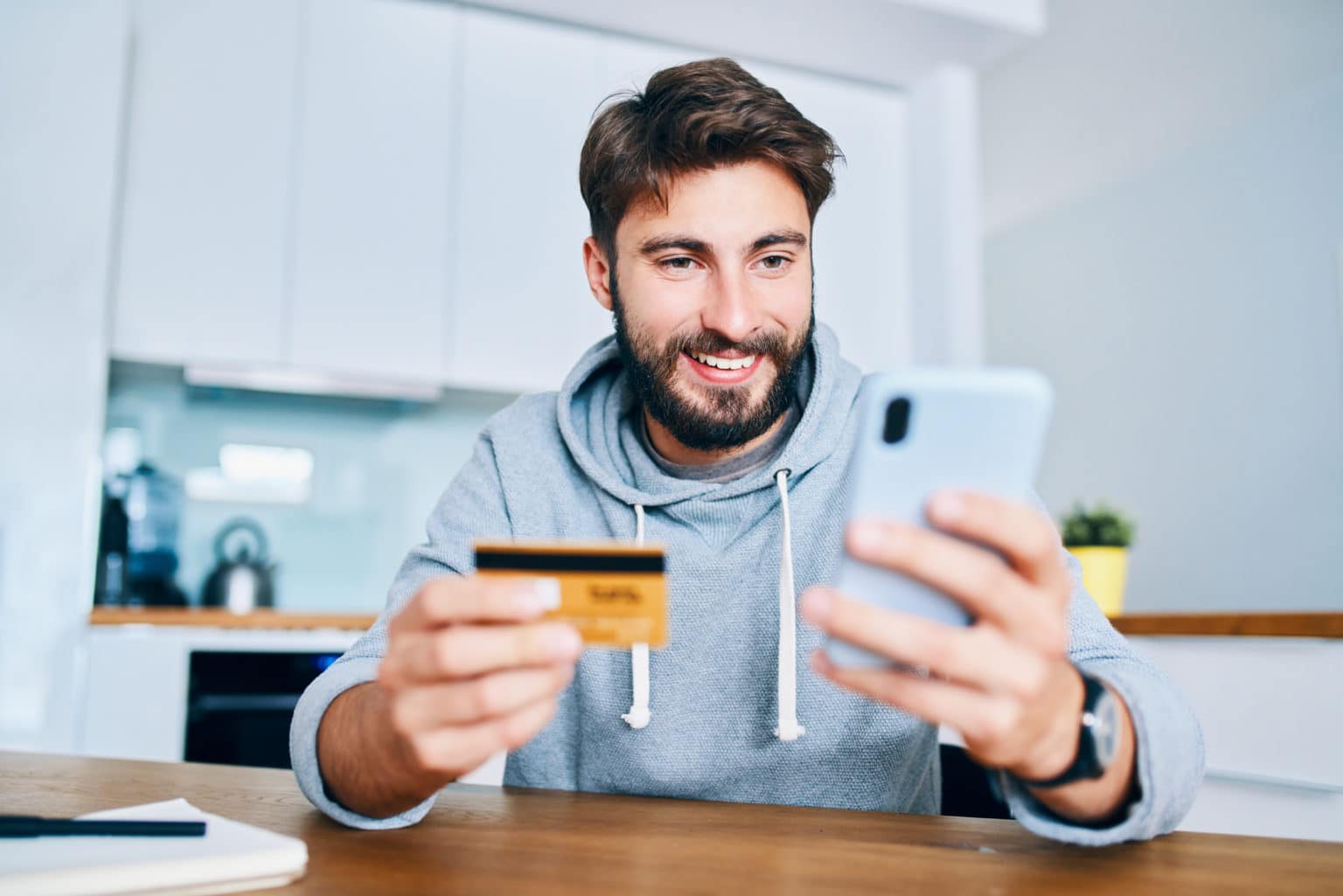Mobile payments are booming!
Data published by Statista shows that 38% of online shoppers in the U.S. believe mobile payments are more efficient than other payment methods, and 29% of consumers would enjoy paying with their smartphone all the time.
It’s a big trend that’s being pushed primarily by younger demographics, many of whom are well-acquainted with these technologies.
“Millennials continue to be the dominant force in retail both in the U.S. and the United Kingdom, as their shopping habits can be a deciding factor in what makes or breaks the success and longevity of retail models,” says Greg Petro, CEO of analytics firm First Insight.
But for quick service restaurants (QSRs) and other small businesses, mobile ordering solutions come in several flavors, so to speak, and not all of them can—or should—be integrated into your business. Let’s go over a few options.
The Mobile Payments Landscape
Mobile payment technology has grown a lot over the past few years, with plenty of options to meet consumer demand:
- App-based payments through mobile browsers or branded applications
- E-wallets like Google Pay or Apple Pay
- Magnetic secure transmission (MST)
- Near field communication (NFC) tagging
- QR code scanning
Many of these technologies integrate directly with a business’s point-of-sale (POS) system to extend their payment processing capabilities. Of course, every new payments integration comes at a cost, meaning that most businesses need to prioritize and invest in the payment channels that customers actually use.
Are Payment Options Created Equal?
When people think about mobile payments, they tend to think of e-wallets first and foremost. And although big name players like Google, Apple, and Samsung are making waves in the e-wallet world, research shows that mobile wallet adoption in the U.S. is actually lagging behind other countries—sitting at less than 10%, in one 2019 study. The Motley Fool offers a good explanation as to why:
“Swiping a plastic card is already incredibly fast, and in some cases can be even easier than using Apple Pay, which requires the user to authenticate with Face ID or Touch ID and confirm the transaction with several button presses.”
This is part of the issue, but it’s not all about convenience. Consumers express noteworthy concerns about e-wallet security as well. In one study, 65% of U.S. smartphone users agreed that e-wallet security was the biggest barrier to adoption.
So, we can take away from this that, while mobile payment options are expanding, QSRs shouldn’t just build out a few e-wallet options and call it a day. Consumers won’t jump on board with just any solution that comes their way. Companies need to invest in solutions that fill a specific need for customers without raising concerns about security. In other words, think outside the mobile wallet to more innovative solutions that consumers may not be aware of.
Pay and Go With Mobile Order Ahead
As an application-based payments solution, mobile order ahead isn’t a “new” strategy in the payments landscape, but it’s one that’s growing fast.
Mobile orders now represent nearly 60% of all digital restaurant orders these days, and 59% of restaurant operators surveyed agreed that they were facing competitive disruption from companies deploying mobile order-ahead solutions. It’s not hard to see why, when you take a top-level view of the benefits of mobile order ahead for QSRs:
- Boost revenue by increasing throughput
- Give customers a convenient way to skip the line
- Save customer details and preferences for simple re-ordering
- Manage payment processing off-site
- Free up staff to focus more on production and less on administrative tasks
On the consumer side of things, this is a type of convenience that even e-wallets can’t match. Shoppers don’t need to worry about pulling out their phones or credit cards at the register. Everything can be done ahead of time, leaving them free to get in and out. It’s a type of convenience that can translate to real dollars in repeat business, which is likely why it was predicted that app-based orders would make up 11% of total QSR sales by 2020.
Is It Time to Start Thinking Mobile?
Mobile ordering isn’t going anywhere, and in the spectrum of mobile payment solutions, order ahead offers a great blend of convenience and functionality. But as we mentioned, few payment solutions are created equal, and getting customers on board with them will depend on what their preferences are to begin with. Keep this in mind as you review your options, and if you’re curious about exploring the benefits of innovative mobile payments, feel free to contact us at PoppinPay for an assessment of your business.

